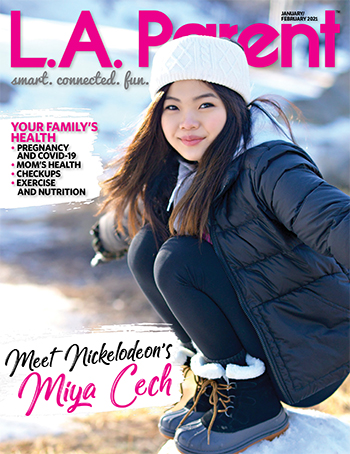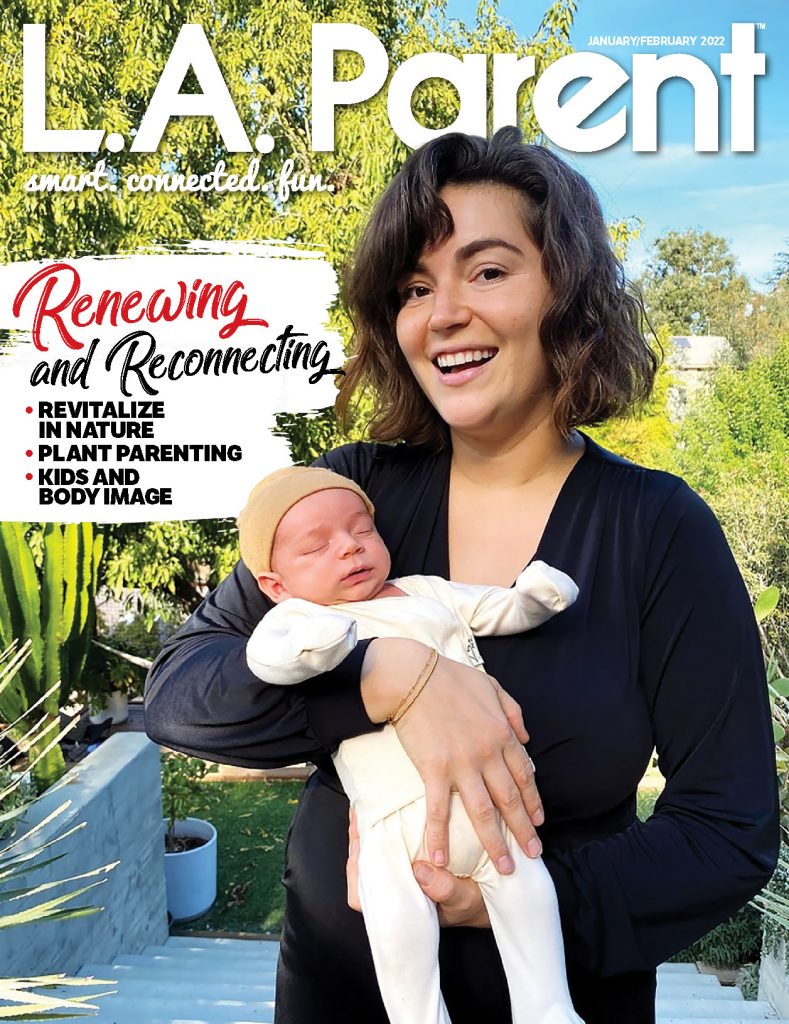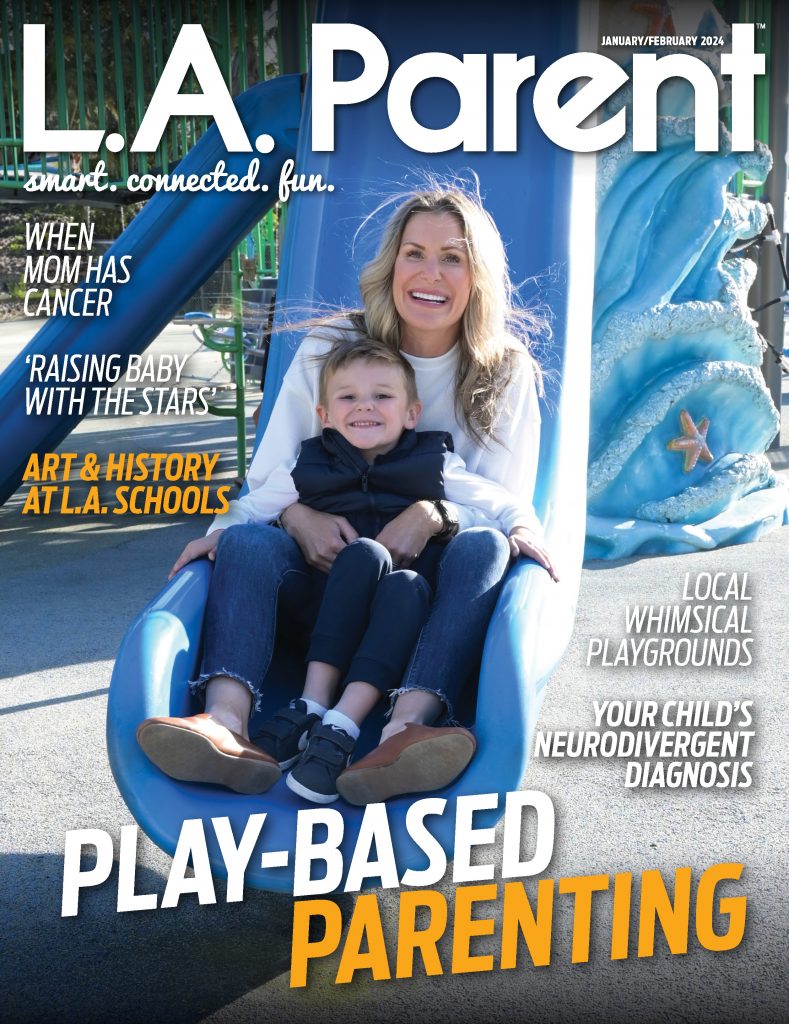If Mom’s health isn’t looked after, how healthy is the rest of the family likely to be? Fortunately, there are simple steps you can take to be at your best for yourself – and for everyone you’re taking care of.
I reached out to experts from the Kaiser Permanente Bernard J. Tyson School of Medicine in Pasadena – L.A.’s newest medical school, opened in July – for this head-to-toe wellness guide.
In your head
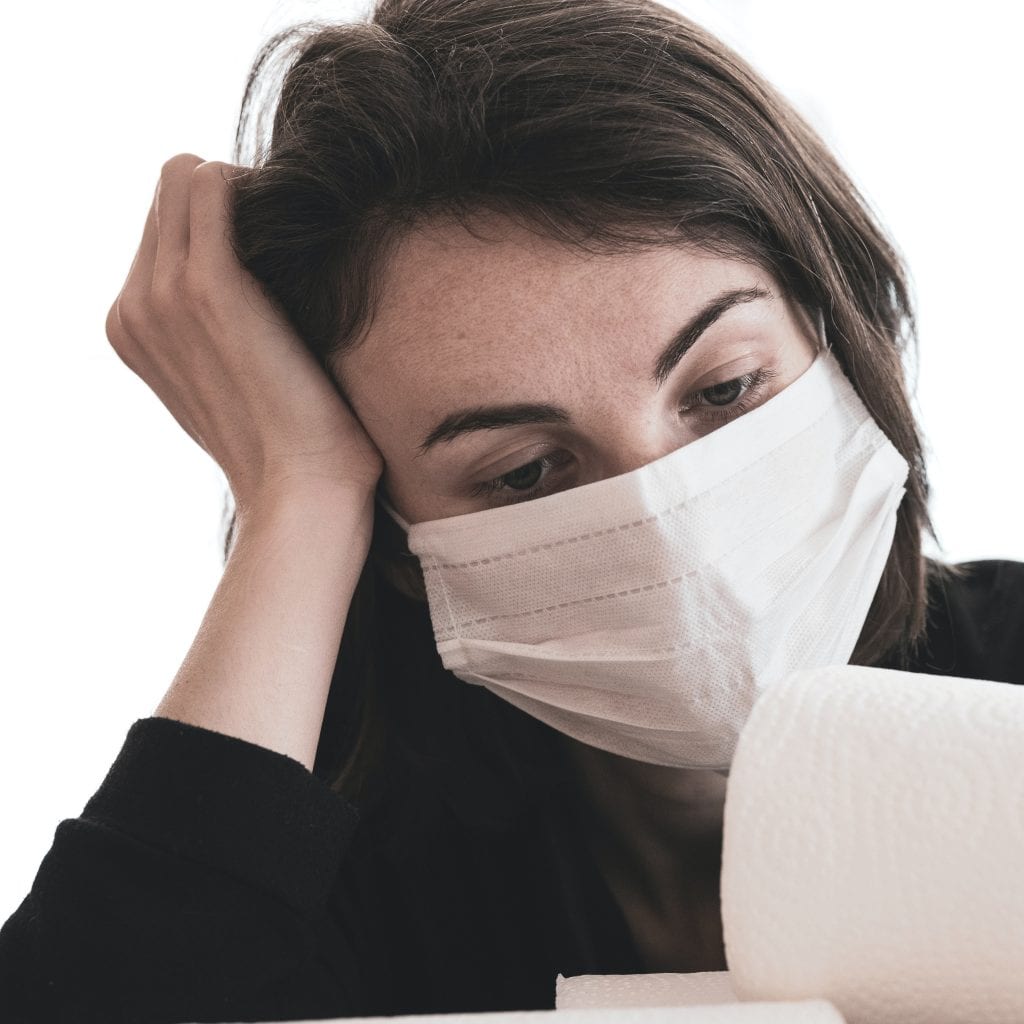
“With the pandemic changes (working from home, distance learning for the kids, getting groceries and supplies for family in a safe way) and all the added uncertainty and responsibility, signs of anxiety and depression can exponentially increase,” says Anissa Y. Lacount, M.D., a primary care physician on the school’s faculty.
These can include:
- Excessive worry
- Fatigue or lack of energy
- Difficulty concentrating
- Sleep disturbance or increased sleep
- Increased or decreased appetite
- Losing interest in things you once enjoyed
Lacount says that a good night’s sleep is critical to combatting anxiety and stress, and that moms should also schedule regular time to take a break. “The timing may be 30 minutes at first, with the goal of increasing to one hour daily and possibly a half-day a week,” she says. “Some ideas for the alone-time activities are yoga, painting, drawing, curling up with your favorite book, listening to music and taking a bath (my favorite).” The idea is to do something that helps recharge you because, as Lacount says, “No one can run on empty. It is not sustainable.”
At the heart of it

Heart disease is the leading cause of death for women in the U.S. One in every five women who dies here dies of heart disease, according to the Centers for Disease Control and Prevention. Let that sink in a moment, then go find out about your risk factors.
Blood pressure: 120 over 80 is normal
Blood cholesterol: Yours should be less than 200 mg/dL, which means 200 milligrams of cholesterol (a waxy, fat-like substance) per tenth of a liter of blood
Blood sugar: Yours should be less than 140 mg/dL
Body Mass Index (BMI): This is your weight in kilograms divided by your height in meters squared. There are plenty of online calculators that will do the math for you. Your total should be under 25 but over 18.
If your numbers are too high, so is your risk of heart disease. Regular checkups can help you stay on top of them. Your doctor can also suggest diet and lifestyle changes to help bring them down if needed.
The girls
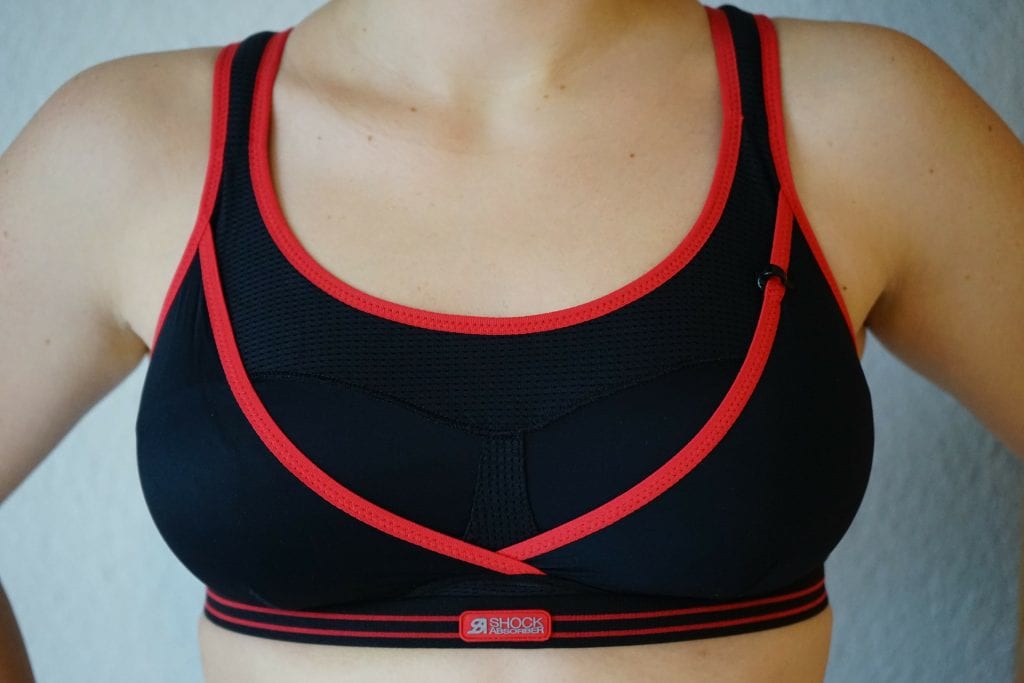
About one in eight women will develop invasive breast cancer during her lifetime. Cancer specialist Joanne E. Schottinger, M.D., who teaches in the school’s Health Systems Science department, says there are some breast cancer risk factors that women can’t change. These include aging and having a family history or a genetic predisposition to the disease. “But, there are lifestyle factors that can be modified to help prevent breast cancer,” she says. “Breast cancer is associated with being overweight or obese, with drinking alcohol and with physical inactivity.”
So, watch that BMI, keep alcohol intake to one drink a day or less, and do some type of moderate exercise for at least 2½ hours a week. You should also talk with your doctor about breast-cancer screening. The U.S. Preventive Services Task Force recommends a mammogram every two years for women ages 50 to 74, and Schottinger says that women at higher risk because of family history might benefit from starting earlier.
Tummy time

There are many dietary guidelines out there, but Lacount says fiber intake is the one we most often neglect. “Only 5% of people in the U.S. meet the Institute of Medicine’s recommended daily target of 25 grams for women and 38 grams for men,” she says. Nutritionists call this deficiency the “fiber gap.”
Remember those risk factors for heart disease (some of which are also risk factors for breast cancer)? Getting enough fiber can help reduce them. So, load up on whole grains, fruits, vegetables, nuts and seeds, beans, peas and other legumes.
Mommy parts
Protect your gynecologic health by following screening recommendations for cervical cancer. Schottinger says this means a Pap smear every three years for women ages 21 to 29. After age 30, you can have a Pap smear every three years or a high-risk HPV test every five years – with or without a Pap smear.
Carla Lupi, M.D., the school’s associate dean for assessment and evaluation, also suggests paying extra attention to family planning. “Family planning is so important all the time, and especially at times when women and families may find themselves unusually stressed and less able to deal with an unplanned pregnancy,” she says.
On top of that, recent studies have shown that pregnant women are at greater risk for severe COVID-related disease than nonpregnant women are. “Just one more reason why only women who want to be pregnant should consider pregnancy at this time,” Lupi says. She suggests that women using birth control methods such as the pill, ring or patch ask about receiving a multi-month supply to reduce trips to the pharmacy. Alternatives include IUDs and implants, which can be placed in a single office visit. “These methods have the added advantage of a higher level of protection from pregnancy than other methods, bringing added reassurance in these uncertain times,” she says.
Back and bones
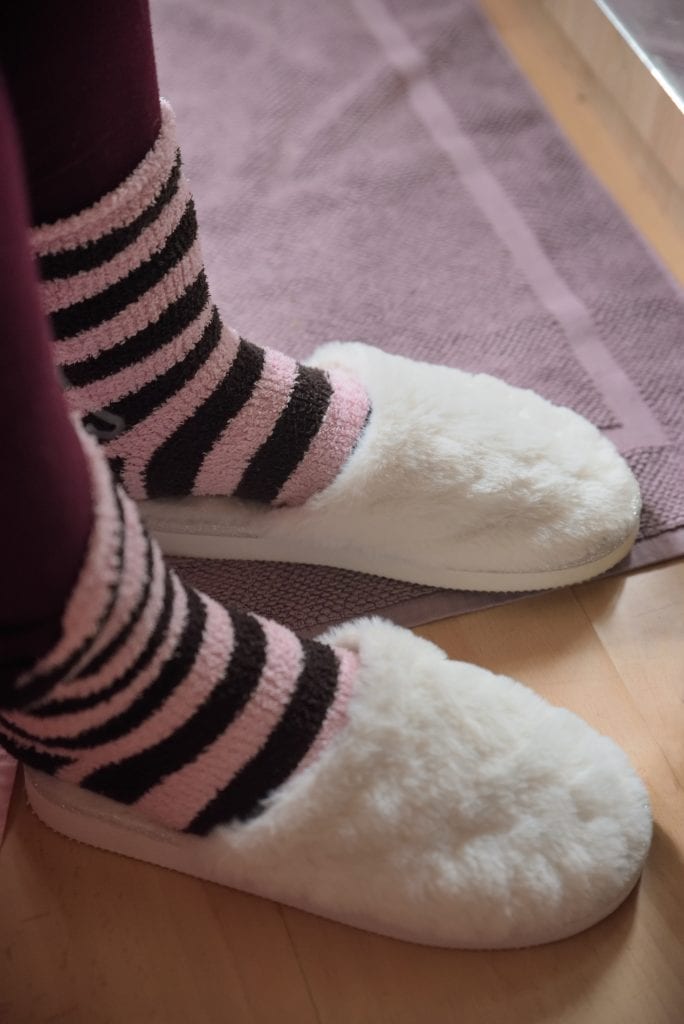
Most of us are sitting more than usual these days, which isn’t good for back health. Lacount says that core training can help make your back strong and healthy, so Google activities such as planking and Russian twists and make them part of your routine. Flexibility exercises that improve your range of movement include stretching, yoga and tai chi.
Keep your bones healthy with weight-bearing exercise. Use your own weight as resistance with hiking, dancing, jogging or jumping rope. Or consider lifting weights. The Institutes of Medicine suggest taking a 1000 mg calcium supplement and 600 mg vitamin D supplement daily for bone health as well.
On your feet
Most of us aren’t putting on our high heels and heading to the office these days, but footwear issues can still impact how we feel on our feet. Lacount advises getting out of your slippers or flip-flops and into some regular shoes. “Flip-flops and slippers do not have an arch support,” she says. Flip-flops and most styles of slippers make you step flat, rather than from heel to toe. This hits the ball of the foot hard, and could spell foot pain down the line.
From your head to your heels, pay attention to how you’re feeling. And take the time to tend to your health. The people who love you need you to be well.
Christina Elston is editor of L.A. Parent.

